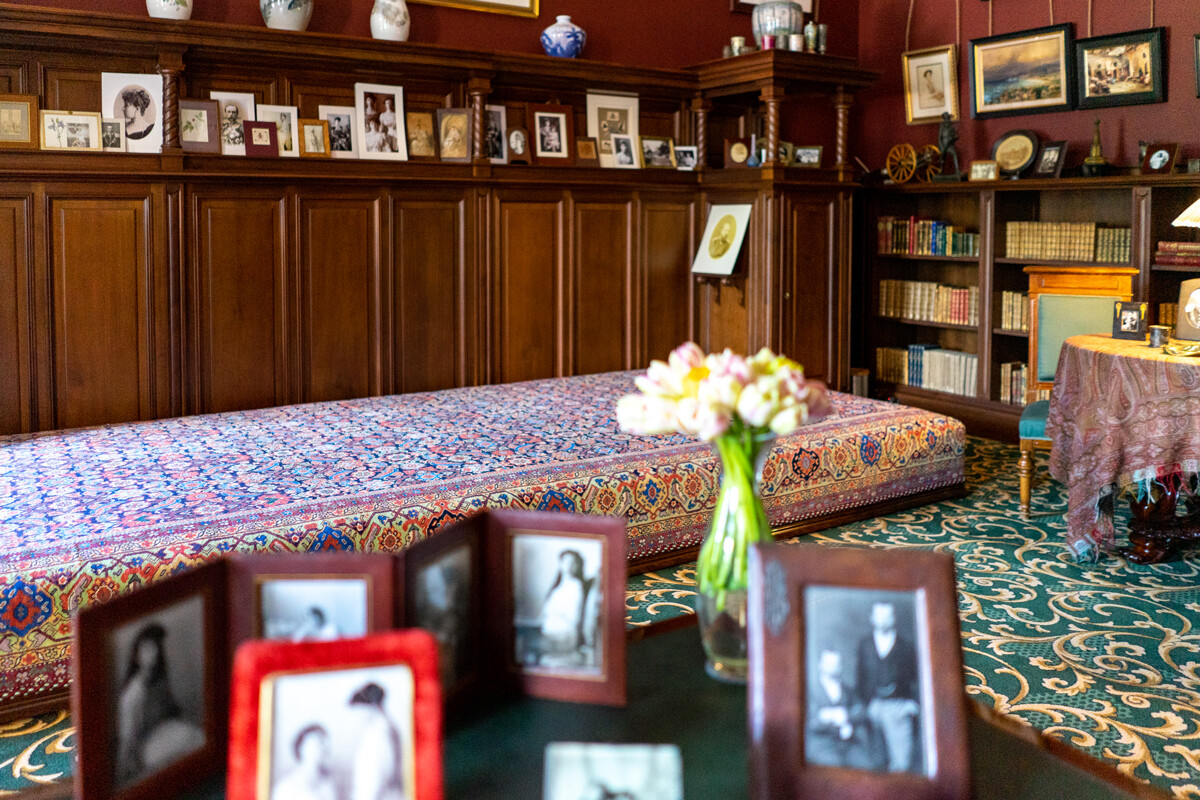
Nicholas II spent most of the time with his family at the Alexander Palace of Tsarskoye Selo in the St. Petersburg suburbs. During World War II, the palace was severely damaged by the Nazis and most of the historic interiors were lost.
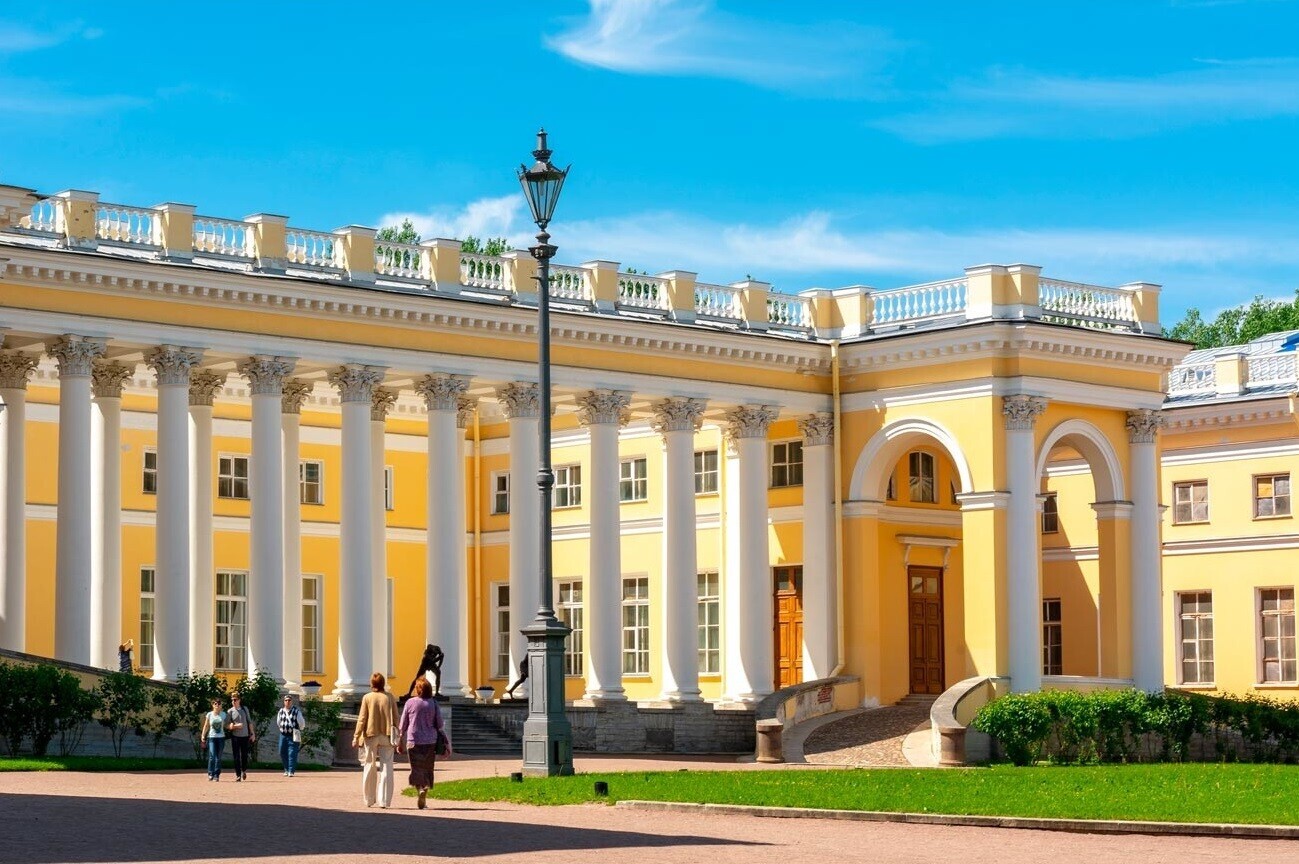
Today, there is an active restoration of the palace’s exterior and interior, with attention to the tiniest detail. For example, in the cabinet of Nicholas II, a unique piece of furniture is being reconstructed, called ‘ottoman’ (mini sofa or pouf/leg rest with no back support).
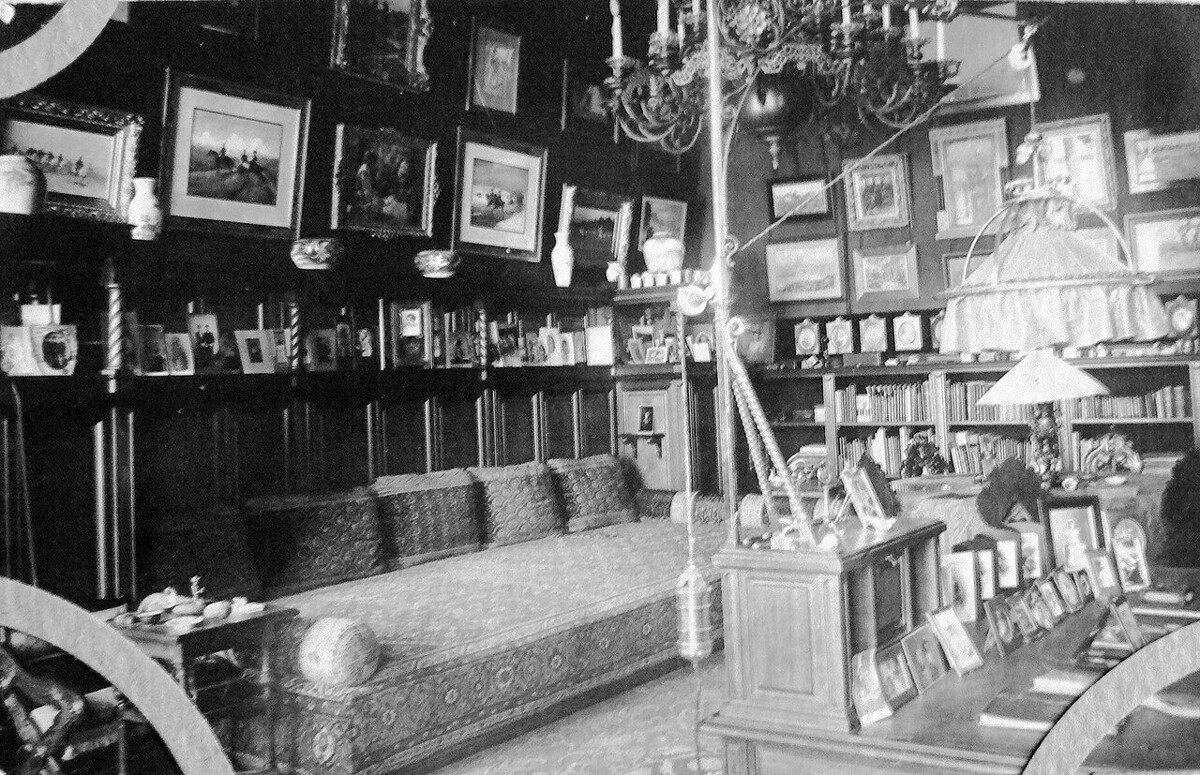
An original 'ottoman', 1930s
Archive photoThe inventory books preserved a detailed description of the sofa. In particular, it says that it was covered with “a Persian velvet carpet (faragan), with a mottled pattern of stylized plants on a dark blue background in the middle and a border around the edge, with mottled figured medallions and stylized flowers on a light green background”.
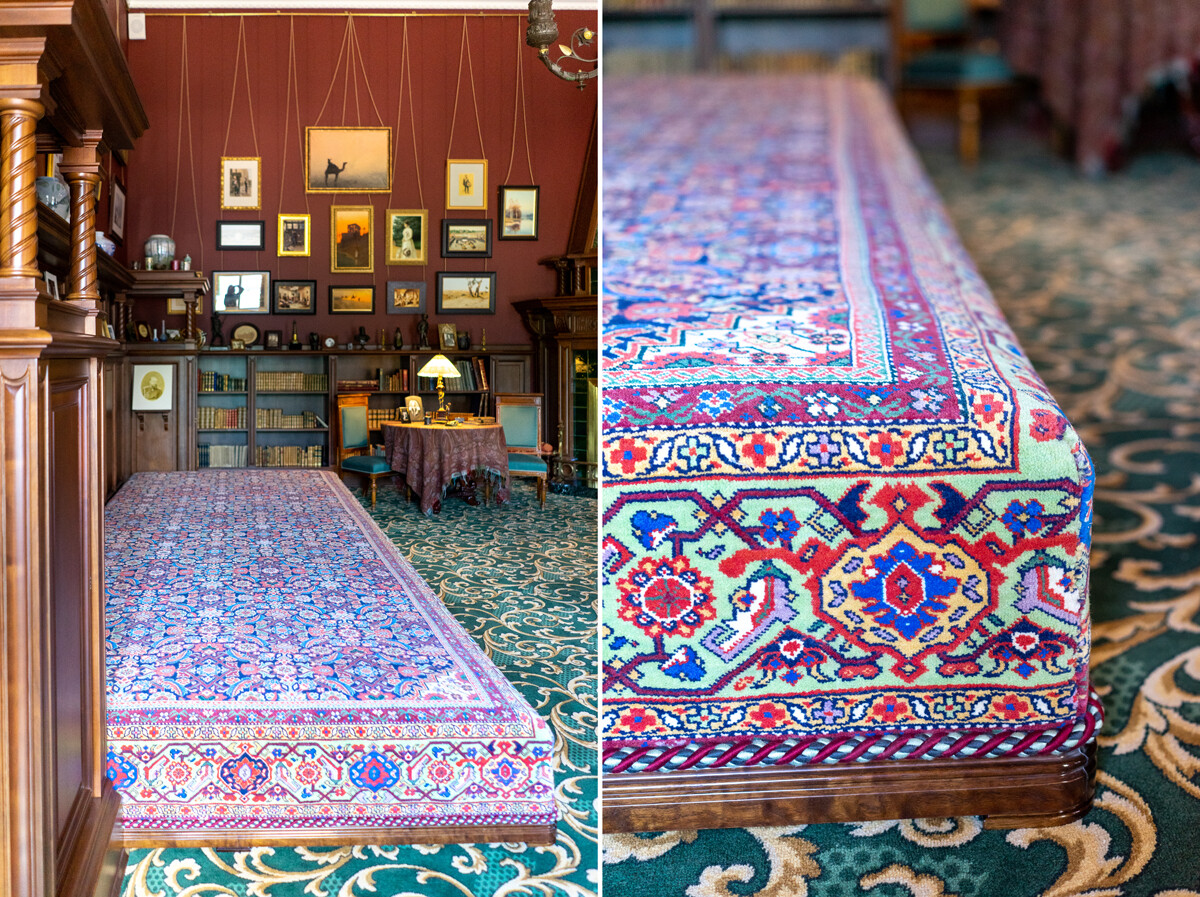
The rug was lost, but, today, Iranian craftsmen have made a new one using ancient Persian technology. They used the method of knot weaving (160,000 knots per square meter) and natural sheep wool threads with the addition of camel wool.
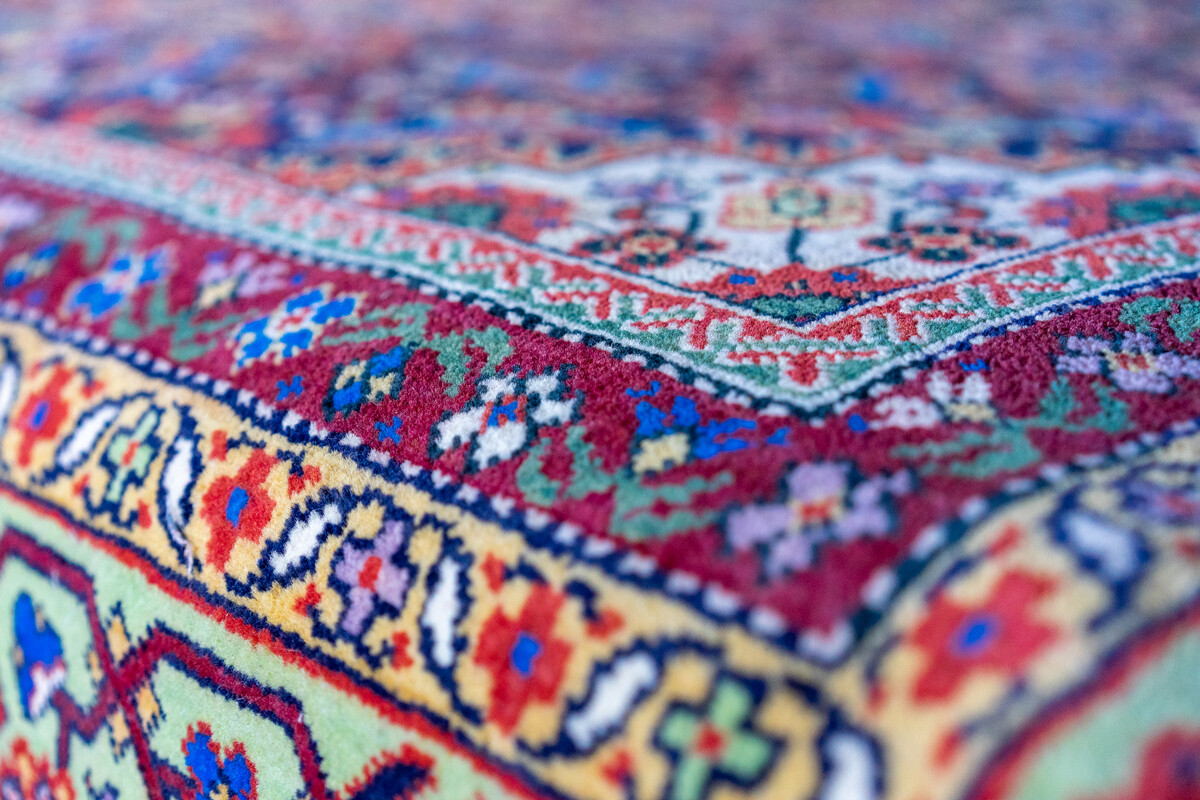
In addition, they used only natural dyes, such as oak bark, fruit trees, lemon leaf and dates, which made it possible to achieve historical verisimilitude in copying the ancient patterns.

Dear readers,
Our website and social media accounts are under threat of being restricted or banned, due to the current circumstances. So, to keep up with our latest content, simply do the following:
If using any of Russia Beyond's content, partly or in full, always provide an active hyperlink to the original material.
Subscribe
to our newsletter!
Get the week's best stories straight to your inbox